This report is only a summary and editorial regarding the executive orders (“EOs”) signed by the Trump Administration during the last week. EOs are not legislation or court opinions. They do not carry the weight of law, and are merely statements of policy within the executive branch. That is not to say they cannot be cited in court or legal pleadings, or aren’t relevant to the application of law, only that they are almost never controlling outside of internal executive branch administration.
EOs are signed and reported on, generally, a week before they are published into the Federal Register. Until such a publication, it can be difficult to know the exact language of the signed EO. For that reason, these reports only include EOs published in the Federal Register. While this can lead to these reports feeling delayed or dated, it is to ensure precision and clarity.
While I am a licensed attorney, this is not paid legal advice. Nothing in this communication is intended to create an attorney-client relationship. Unless expressly stated otherwise, nothing contained in this article should be construed as a digital or electronic signature, nor is it intended to reflect an intention to make an agreement by electronic means.
Pictures and captions added by u/greatwhiteterr and do not represent the opinion of u/KafkaEsquire.
Section 1 points out that the Government spends about $490 billion a year for common goods and services. It discusses the General Services Administration (“GSA”), established through the Federal Property and Administrative Services Act, 40 USC 101. It bemoans that the GSA has multiple agencies and subcomponents, and alleges that these entities are redundant and wasteful.
Section 2 defines terminology used within the EO.
Section 3 requires that the Administrator of the GSA be the executive agent for the acquisition of common goods and services as well as information technology for the entire Government.
This EO appears both simple and reasonable on its face. Centralizing purchasing for the government under one official in one place could lead to benefits of economies of scale. It also means that acquisitions can be more streamlined and kept under a single department. This is certainly what the Administration would like one to believe when reading the EO.
In reality, consolidating this purchasing does little to streamline the process either with speed or in reducing redundancy. First, agencies and departments have largely created their own systems of procurement and purchasing, as they generally have discretion on spending the funds allocated to them by Congress. This is intentional to allow agencies to focus on relevant players within the market, as those agencies see best. It also has meant they can spread their funds as they see fit throughout the various states. Now as purchasing is ultimately controlled by fewer officials, they are more likely to relegate funds to fewer, and larger, vendors.
While efficiency is the primary focus of the text of the bill, it is only a distraction from the political implications resulting from it. By consolidating procurement, it is unclear how this functions as more than veto power from the White House. The President will now have a single person or agency he can pressure to open or close the valve of funding for various agencies. The streamlining is not in procurement, but in the President’s ability to control it.
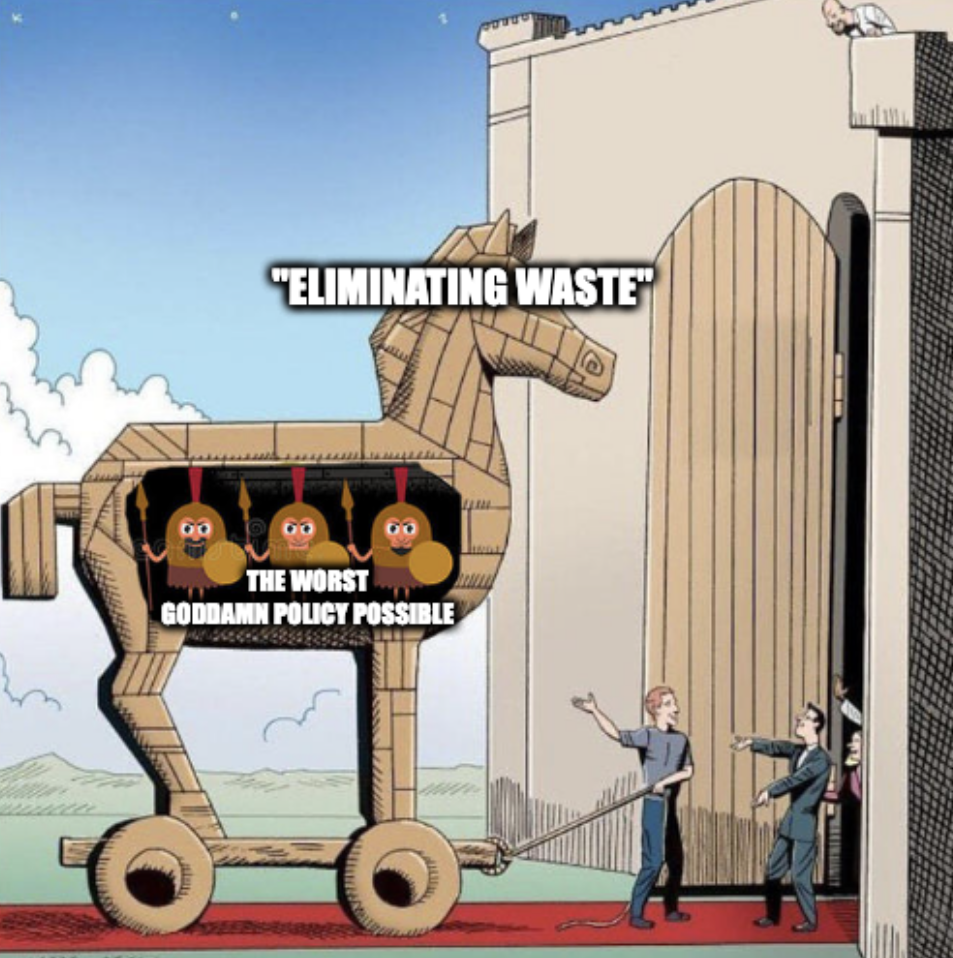
Finally, there is a serious consideration of cost both in time and money. The GSA will likely not have the context that the agencies themselves will have, meaning it will either become a rubber stamp or require unnecessary documentation to explain a request for procurement. Not only this, but it will now create delays in purchases and deliveries to almost every agency. While the Administration beats the drum about reducing waste, fraud, and abuse, this EO serves as a shining example that waste, fraud, and abuse is all they can accomplish.
This EO, will be sold to the MAGA base as a win, and plays directly into the classic GOP propaganda machine. As the EO points out $490 billion is spent every year by the government. Trying to have a single office control that much spending, for an entity the size of the Government, will naturally lead to delays in purchasing. These delays in purchasing will lead to a delay in services and entitlements provided. Delays in services and entitlements, means spending less money and the Government able to use the money elsewhere. While the logic is dubious, the Administration will likely never hear reason otherwise. A similar logic can be seen playing out with the GOP’s stance towards the IRS. Despite investments in making the IRS more efficient have one of the highest returns of any Federal spending, republicans, and MAGA, aggressively try to cut IRS funding and IRS agent numbers. Applying this to all federal spending, will lead to less efficient regulation that negatively affects Donald Trump’s biggest donors, , and furnishing of benefits that could otherwise be funneled to clients of the Administration.
The veto power on any government spending this EO provides the President means that, similar to the Administration’s illegal use of tariffs, the President can extract bribes and other concessions from those who suffer under his policies. If an EO is resisted by a governor, or the President believes a business owner should pay him money, or if he thinks a demographic didn’t vote for him enough, he now can simply withhold government spending to punish them, via the GSA. Now the President must at all times be appeased, which ultimately leads to a reduction in criticism and resistance, and an increase in his personal wealth and power.
Section 1 states that the United States possesses vast mineral resources, and that the Administration wishes for it to become self reliant with regards to mineral production and refinement. It cites energy, national security, and infrastructure amongst its various motivations to increase American mineral production.
Section 2 defines terms for the EO.
Section 3 orders departments to identify all mineral production related plans within the agency for priority approval.
Section 4 requires the chair of the National Energy Dominance Council (“NEDC”), established via EO 14213, to submit recommendations for the congress to clarify the treatment of waste rock, tailings, and mine waste disposal under the Mining Act of 1872.
Section 5 requires the identifying of Federal land to be exploited for mineral production.
Section 6 orders a number of agencies to take actions to directly stimulate the mineral production industry in America.
This EO is something of a combination of EO 14223 and EO 14225 except it is about minerals and not timber/lumber.
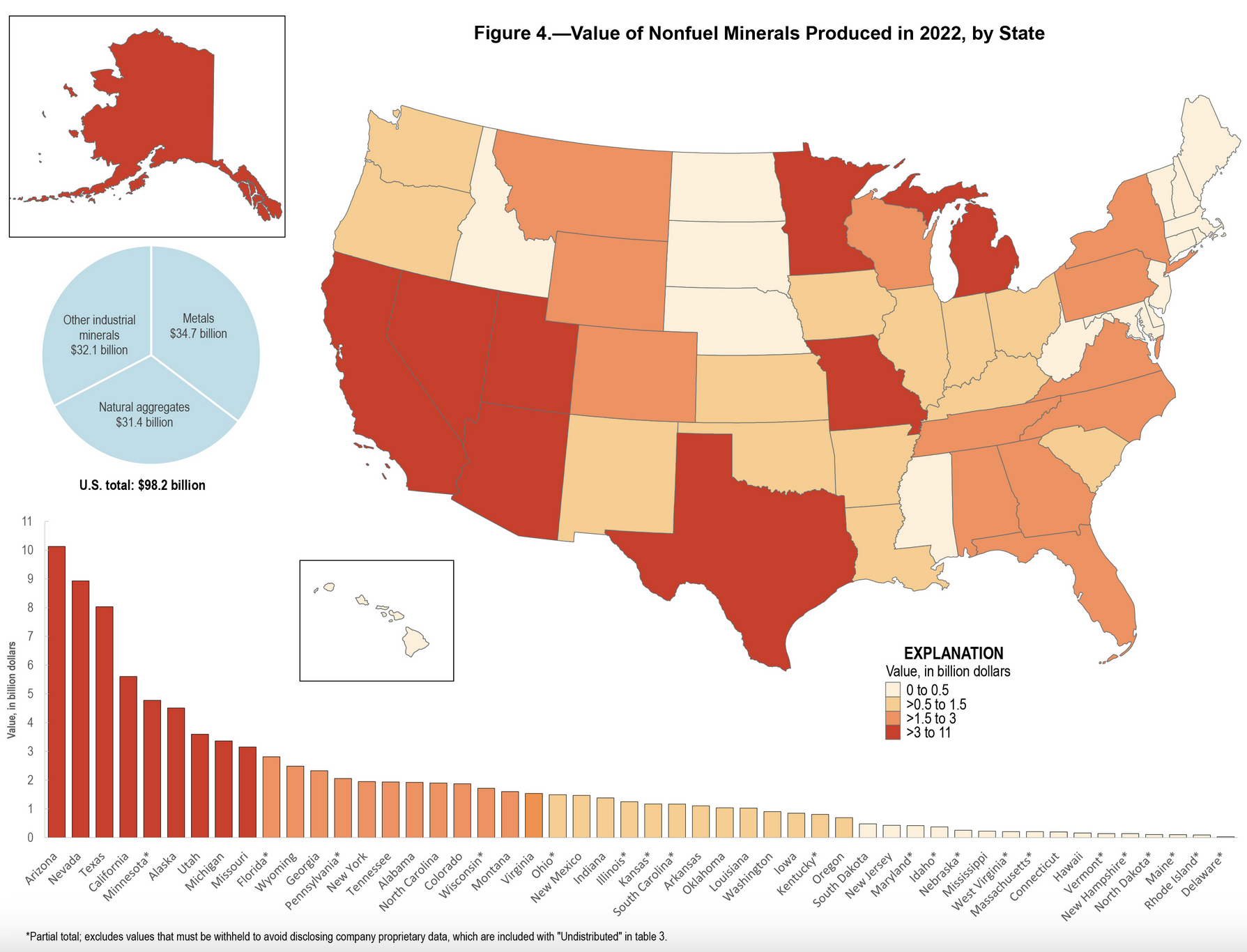
As with similar EOs that have been passed regarding natural resource imports and deposits owned by the federal government, it will harm the US economy for a slight increase in wealth for specific MAGA donors.
Relevant Article - Trump Administration Takes Next Step To Advance Domestic Mineral Production
Section 1 bemoans the money spent by the Government on education and blames it all on the Department of Education (“DoE”). It further states that educational administrative bloat and the student loan crisis is the fault of the DoE.
Section 2 directs the Secretary of Education to take all steps to facilitate the closure of the DoE and return any authority it possesses to the states.
It’s important to note that this does not dissolve the DoE, until Congress passes a bill that does so, the DoE will continue to exist, at least on paper. It does however direct the Secretary of DoE to take all measures short of doing so. This will lead to the firing of all DoE employees and the ending of all DoE programs that are not required by law or estoppel to be maintained.
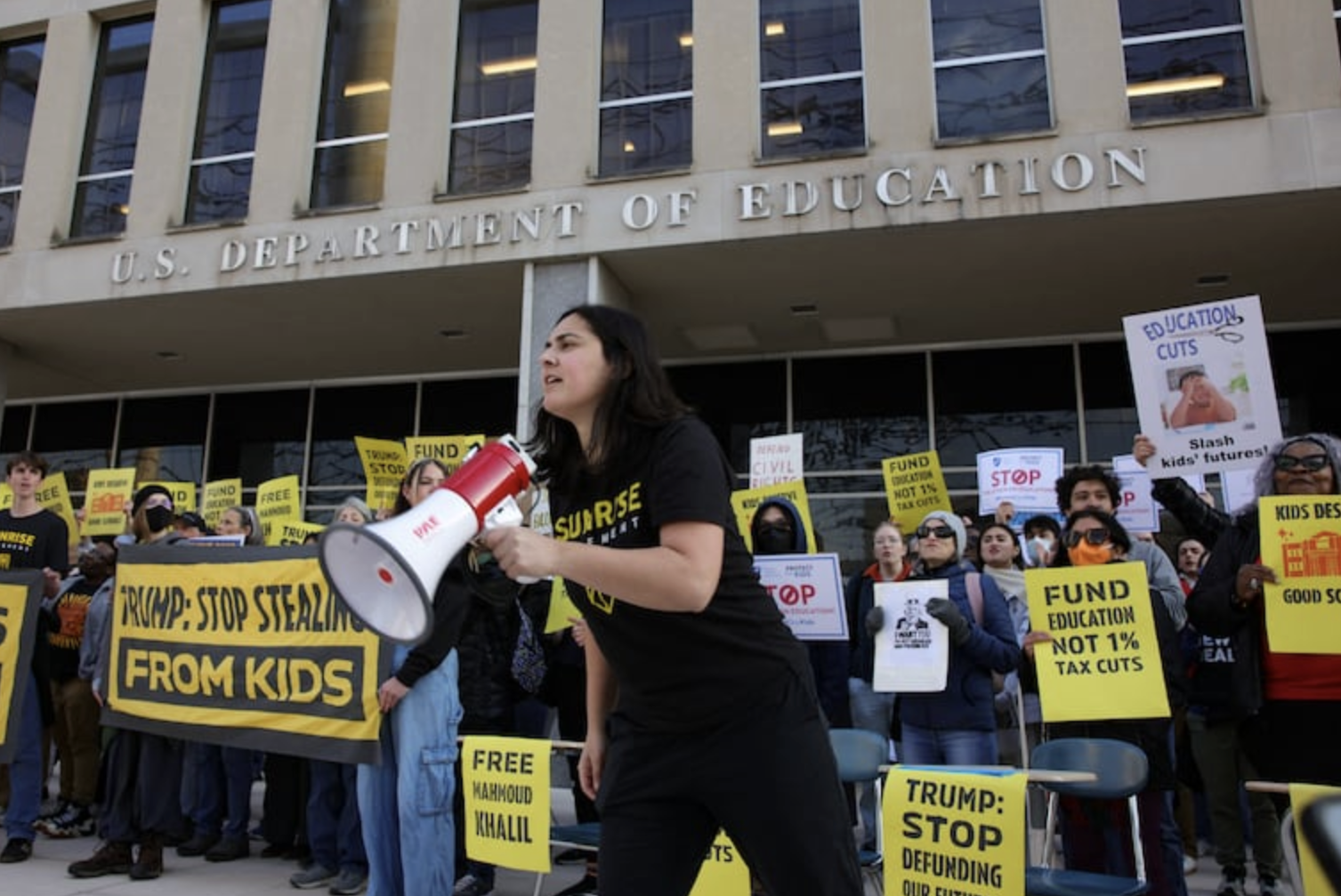
Demonstrators gather outside the offices of the U.S. Department of Education in Washington, D.C., on March 13 to protest against mass layoffs and budget cuts at the agency. - Bryan Dozier
While there is direction for the DoE to “return any authority it possesses to the states”, this is little more than a virtue signal to the MAGA base. The DoE has little authority in the educational world, and there is almost nothing returned to the states.
It is hard to understate how significantly this will harm the education system in the US. The grants and funds disbursed from the DoE makes up on average 12% of each state's funding for education. Not only this but it also provides funding for disabled and special needs children Individual Education Plans that allows them to receive the educational support they need. It also manages and facilitates over $1.6 trillion in student loans.
The Administration has tried to argue that these funds and services will be managed by the Department of the Treasury and other agencies in the executive. Though there is nothing protecting these funds from being impounded, or funneled to corrupt means, or the student loans being sold off to private debt management firms. Without the DoE rural and low income areas will suffer significantly. Meanwhile charter schools, school vouchers programs, and religious schools are likely to flourish under the Administration’s policy.
Relevant Article - It Was Never About the States
Section 1 says that it is necessary to eliminate siloed information based on government agency as it creates redundancy and hinders detection of fraud.
Section 2 defines terms for the EO.
Section 3 requires that all agencies allow agency heads and officials designated by the President to have unhindered access to all unclassified agency records, data, software systems, and IT systems.
It cannot be understated how short sighted this EO is. At a glance, there may be some merit to the thought that information should be easily accessible amongst the upper ranks of the Government. However, with only a moment’s consideration, it should be easy to see why making access to such a massive amount of data, even unclassified, so ubiquitous opens the door for bad actors. The relaxation of interagency security has little benefit to the agency heads who will now have greater access. The only increase will be in weak points to this nation’s data.
The Administration has taken multiple steps to make American data and cyber security more vulnerable in the last few months. The Government faces multiple cyber attacks every day on various agencies, individuals, and military targets. As many cyber security experts will tell you, human error or incompetence are often the most common and most efficient ways to gain access to a secure system. Now a single agency head is a weakness for the entire government system. It is very likely that we will see a significant security breach in the next few years due to the bumbling actions of some smooth brained rube that is appointed to the head of some agency.
Section 1 provides a summary of how Paul Weiss debased itself in response to EO 14237.
Section 2 revokes EO 14237.
Paul Weiss discarded any integrity and ethical practice of their business to instead kiss Donald Trump’s ring. For this, Donald Trump has revoked the EO targeting them.

People held signs as they protested outside the offices of Paul, Weiss, Rifkind, Wharton & Garrison LLP on Tuesday in New York City. Michael M. Santiago/Getty
The President’s continued attack on the legal profession is becoming the norm. We must praise those who fight like Perkins Coie and condemn those who kiss the ring like Paul Weiss.
Section 1 discusses Venezuela and Tren de Aragua harming America and the need to further punish them and the Maduro regime.
Section 2 imposes a 25 percent tariff on all oil imports from Venezuela, including those indirectly imported from other countries.
Section 3 orders the Secretary of Commerce, State, and DOJ to determine if other countries are helping Venezuela to skirt this tariff and impose sanctions on these countries.
Section 4 requires a periodic report of the efficacy of these tariffs every 180 days.
Section 5 contains definitions of terms within the EO.
Section 6 states the EO will become effective April 2, 2025.
This EO is mostly what it appears to be, a tariff on Venezuelan oil. It is more intense than other tariffs we’ve seen by this Administration, as it creates a policy of secondary tariffs against nations that “help” Venezuela avoid this tariff.
Something to take note of is that this EO attempts to legitimize the “threat” from Tren de Aragua to help legitimize both the Administration’s exercise of executive war powers and their hostility to Venezuela.
While I am no expert on oil markets, this is surprisingly counter to the Administration’s platform of lowering oil and energy prices. Venezuela holds one of, if not the, largest oil reserves in the world. While America and Venezuela have been antagonistic in the past, there is not a clear sparking point for this tariff.
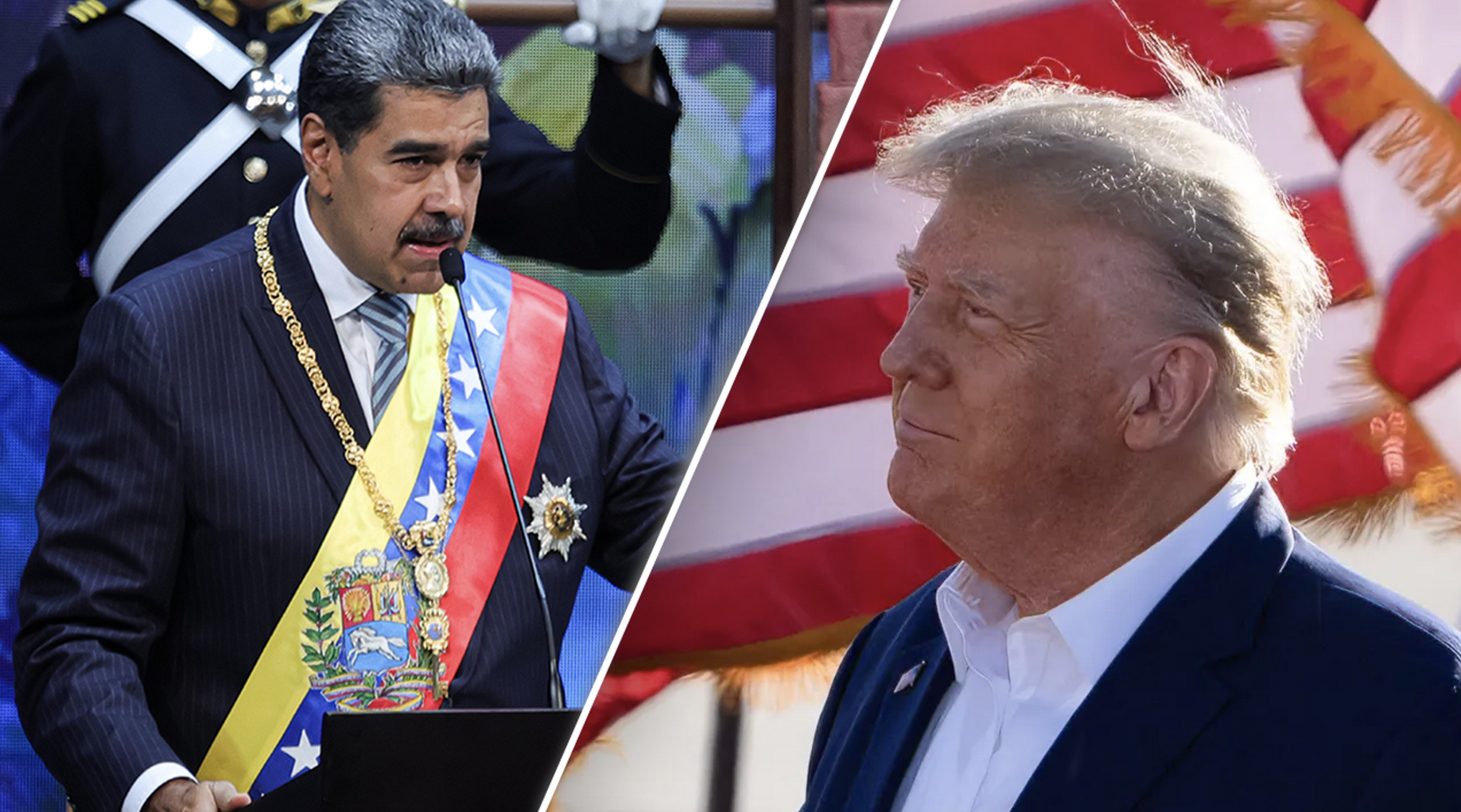
Venezuelan President Nicolás Maduro, left, and President Donald Trump. (Getty Images)
It is possible that the Administration is interested in scaling up the antagonism with Venezuela to maintain and escalate their justification of using wartime powers, despite there being no war. It is likely that there will be other statements and actions by the administration to keep Venezuela as a villain in the public eye.
This is another EO attacking a big law firm.
This is the same as the other two EOs attacking law firms.
The President’s continued attack on the legal profession is becoming the norm. We must praise those who fight like Perkins Coie and condemn those who kiss the ring like Paul Weiss.
Section 1 points out that checks and money orders are inefficient to use as a mode of payment.
Section 2 states it is the policy of the United States to defend against fraud.
Section 3 orders the phasing out of paper checks and receipts by September 30, 2025.
Section 4 provides exceptions to this EO.
Section 5 requires the treasury with other agencies to develop and implement a public awareness campaign about this change.
Section 6 requires compliance plans be submitted by each agency to OMB. Also requires Secretary of Treasury to send an implementation report to the president within 180 days.
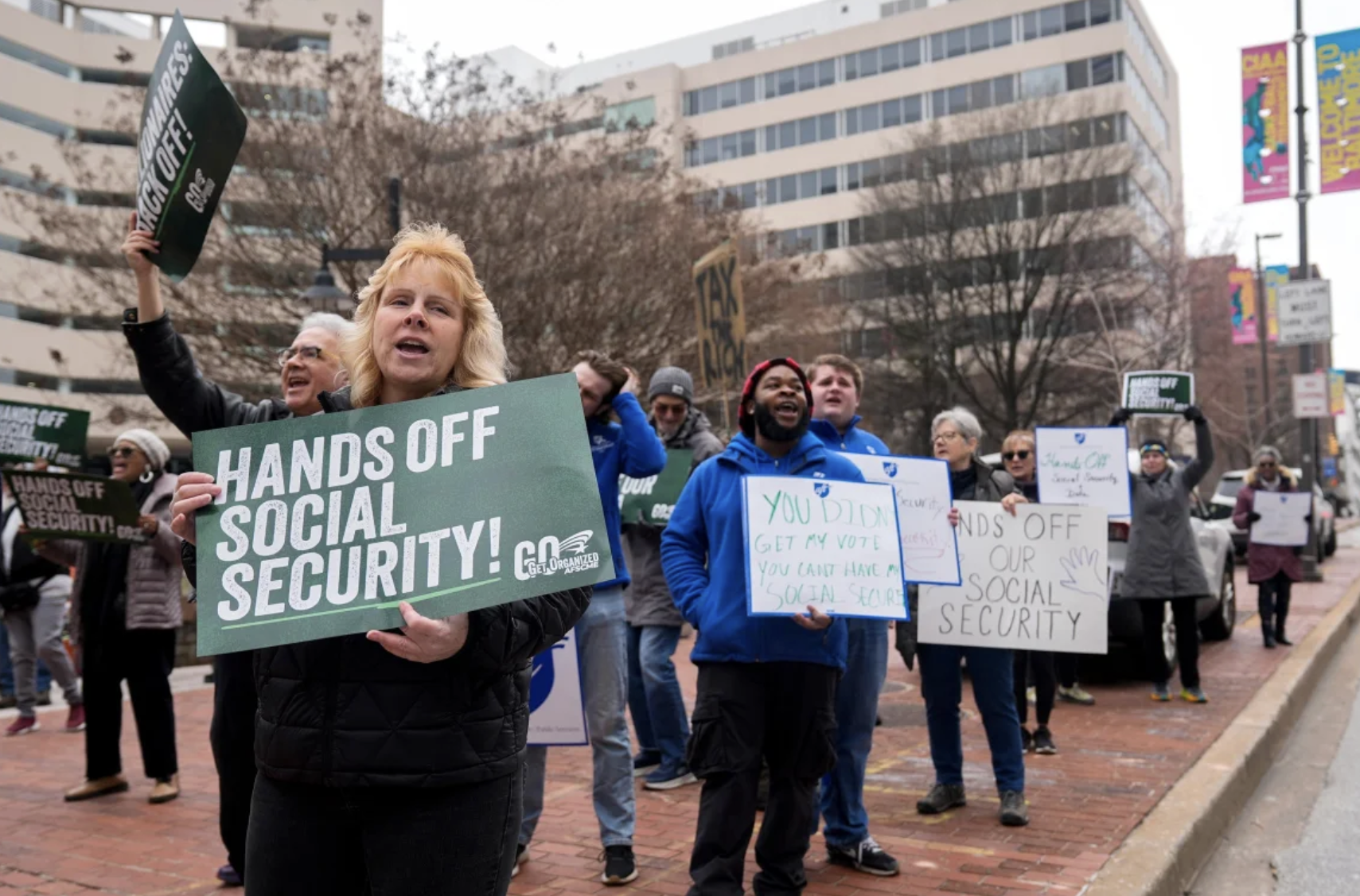
Demonstrators gather outside of the Edward A. Garmatz United States District Courthouse in Baltimore on Friday, March 14.
Stephanie Scarbrough/AP
This is yet another, on its face, “common sense” EOs that fails under the barest scrutiny. The most common recipients of government payments are the elderly, disabled, and impoverished. All people who are more likely to be unfamiliar or unable to transition from using checks to electronic payments. While such a transition away from checks is possible, it places an unnecessary burden, on an unnecessarily brief time table, for some of the most vulnerable members of society. Any cost of making payments via check is easily outweighed by the possible harm that could result from this decision. Additionally, any cost of redundancy or fraud is equally as present with digital payments.
In the short term, this will almost certainly reduce the amount of money paid out by the SSA. The elderly disproportionately use checks compared to any other demographic. This, on top of closing regional offices, call centers, and removing the ability to file via mail, means that retirees will only suffer further as receiving their funds becomes more difficult.
As we look further out, there will be a significant cost to the Government in changing their systems from checks to electronic payments. Not only will payment systems, software, and all the support to go with them need to be established, but the vendors, employees, and processes established around check payments will need to be decommissioned. While there are arguments that electronic payments are less vulnerable to fraud than checks being sent via mail, this is suspect when keeping in mind the recent executive actions taken to weaken the government’s cyber security systems.
There may also be some private moves happening we aren’t seeing, the government will have an expanded need for electronic payment processing. This means that Donald Trump now gets to play king maker and hand a massive contract to the highest bidder, no doubt a contract that will also personally enrich him.
Section 1 runs up and down to try to convince the reader that voting used to be a good thing, but has been tainted by fraud.
Section 2 orders that for mail in voter registration, a person requires a proof of citizenship. It also orders DHS to investigate foreign nationals voting by mail.
Section 3 orders the SSA to use federal databases to confirm that there are no dead people on their voter roles and that voters are citizens.
Section 4 orders that the Election Assistance Commission to withhold federal funds from states that do not follow federal election laws.
Section 5 orders the AG to investigate and pursue charges against those who have violated state and federal election laws.
Section 6 the AG and DHS are ordered to take all appropriate actions to prevent non-citizens from being involved in administration of any federal election. It also requires a review of all electronic registration and voting systems.
Section 7 tries to prevent absentee or mail in ballots from being delivered after election day.
Section 8 orders the AG and Secretary of the Treasury to prioritize the enforcement of laws to prevent foreign nationals from contributing to US elections.
Section 9 orders agencies to stop complying with EO 14019 despite it being revoked on January 20, 2025 in EO 14148.
Section 10 creates severability for the sections of this EO, meaning that should one section be found illegal, the other sections will not be affected.
This EO is with no sense of shame a blatant power grab by not only the executive but the federal government. The election clause CONSTITUTION vests the regulation an administration of federal elections in the state legislatures. While the Federal government can assist at the request of the states, and my pass laws via the Congress to regulate elections based on the constitutional rights of citizens, it has no power to take such direct action to monitor and control federal elections. Almost every part of this EO is a restraint or an attempt at restraint for populations likely to be in opposition to MAGA. The EO is also an attempt to solve problems that have never existed. Voter fraud due to mail in ballots, lack of voter ID, or non-citizens voting has never been recorded in significant numbers, certainly none that have been outcome determinative. However, the repeated pushing of voter fraud lies from the MAGA camp has now manifested in the actual government policy of the federal government attempting to intervene with state elections.
As with almost every one of these EO’s this will quickly find itself in the courtroom. This is an over reach that cannot be ignored. We will likely see federal agents attempting to access voter data, influence election officials, and dictate illegal policy to state employees. Every instance of this needs to be pointed out and resisted. Such resistance will likely be used to “prove” the existence of voter fraud and only make the Administration attempt more draconian measures. This attack on Americans’ constitutional right to vote cannot be ignored or accepted.

It is likely this will become a major wedge between red and blue states. Blue states will rightfully reject these measures, while red states will happily lick the boot. Red states will attempt to legitimize this EO and associated federal actions, and use it to suppress liberal and minority voters.
The constitutionality of this EO and any associated actions is almost nonexistent, and in any normal administration would be struck down immediately. As this administration has shown that it is uninterested in following court orders, and Congress is not interested in checking executive power, it falls to the states and citizens to push back.
Section 1 discusses the Administration’s anxiety over fraud regarding the funds held and spent by the Government. It states that its goal is to create transparency and better track the transactions made by the Government.
Section 2 says that the government’s policy is to reduce fraud.
Section 3 states that agencies should follow anti-fraud laws and
allow disclosure of records regarding transactions to the Treasury.
Section 4 requires that agency heads have a certifying official for transactions made within agencies. It also requires a number of records for each transaction.
Section 5 requires that agencies consolidate agency core financial systems.
Section 6 requires the secretary of the treasury and other agencies to consolidate their disbursements into a central disbursing agent at the treasury.
Section 7 requires a compliance plan within 90 days.
This EO is one of many that centralize the control of funds and create roadblocks to federal spending.
While it clearly is a measure to help make corruption within the whitehouse more efficient and profitable for the President, it is also just an increase in the administrative bloat. Agencies already have records of transactions, and procedures to follow the anti-theft laws. Now agencies must provide additional records, through an additional approval process. This not only will increase delays of payment, but cost of running the government.